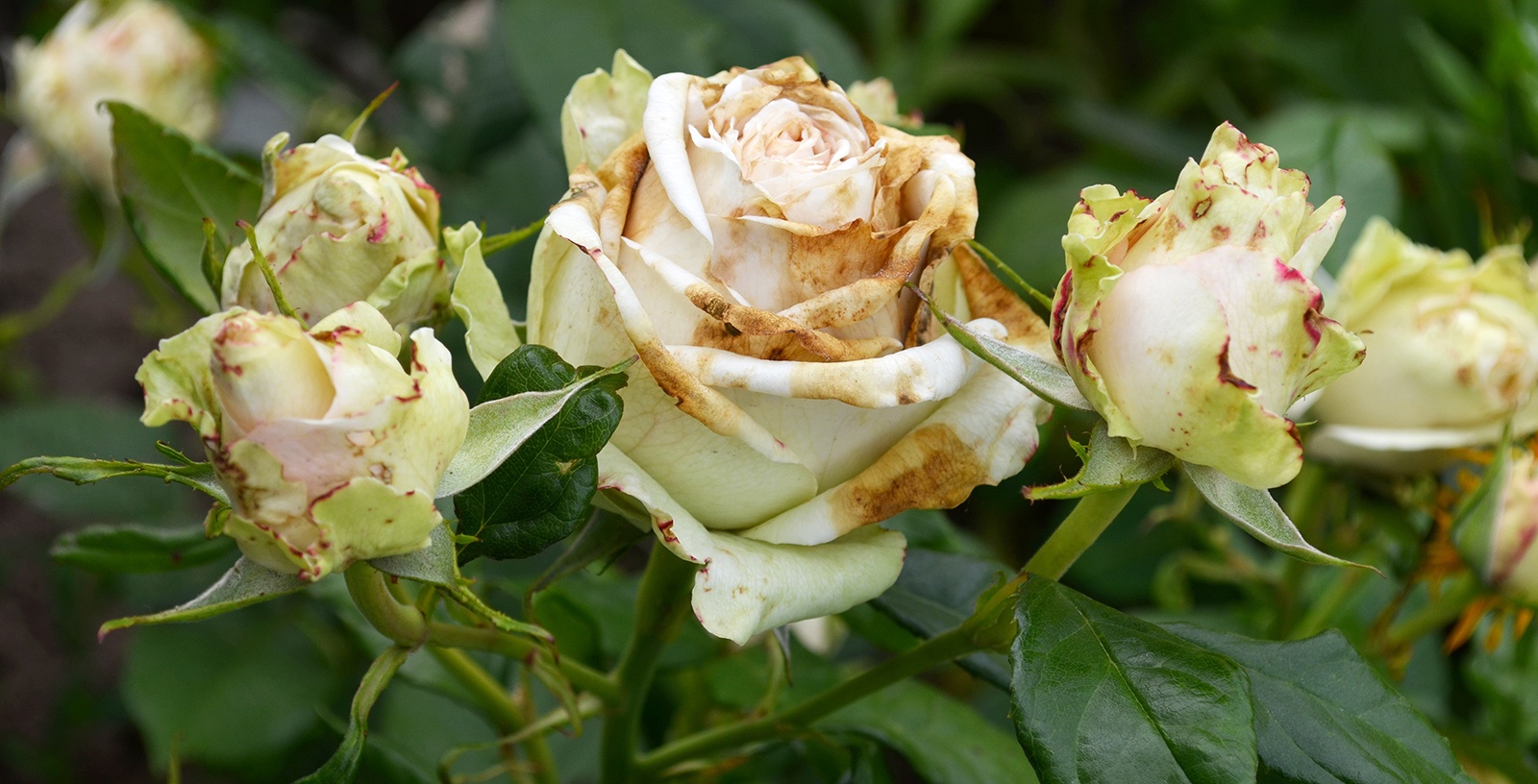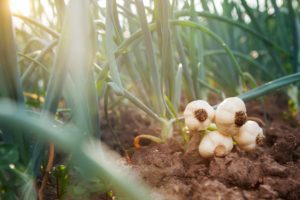This is disease is caused by several strains of botrytis cinerea which is a parasitic or saprophytic organism hence relies on a susceptible host for food. Botrytis mostly affects the rose blooms and rarely leaves. In the European Market which is the major destination for Kenyan Flowers head botrytis is regarded as one of the major destructive diseases. The disease is promoted by high humidity conditions hence most common during the cool and wet weather and in the high altitude growing areas. The disease starts in the farm and may continue to develop while the flower is under storage or transportation. This disease vastly affects the flower vase life as it results to total decay of the flowers in vase.
Symptoms
- Red/pink spotted flower petals tips and edges are the initial stages of the attack. This speck occurs due to reaction of the flower to the fungal attack.
- Flower ball head which fail to open.
- Decay of the flower heads
- Under severe attacks stems may be attacked and results in complete plant dieback.
INSIGHT: The fungus stay in plant debris or soil when the conditions are unfavorable and attacks the plant when favorable conditions prevail.
Control
- Ensure the plant canopies are dry to prevent the development of the fungus.
- Maintain proper aeration within the plants to prevent fungal development.
- Proper hygiene by removing the plant debris within then beds and sanitizing the harvesting tools
- Spray with Iprode, Chariot, Nature gold, Sporeguard, Megaprode Lock, Pilote and dipping in Botristop, Botriguard, Fastruno, Biosure
Tip: The fungus has shown to develop resistance to fungicides hence alternation is advisable practice.






